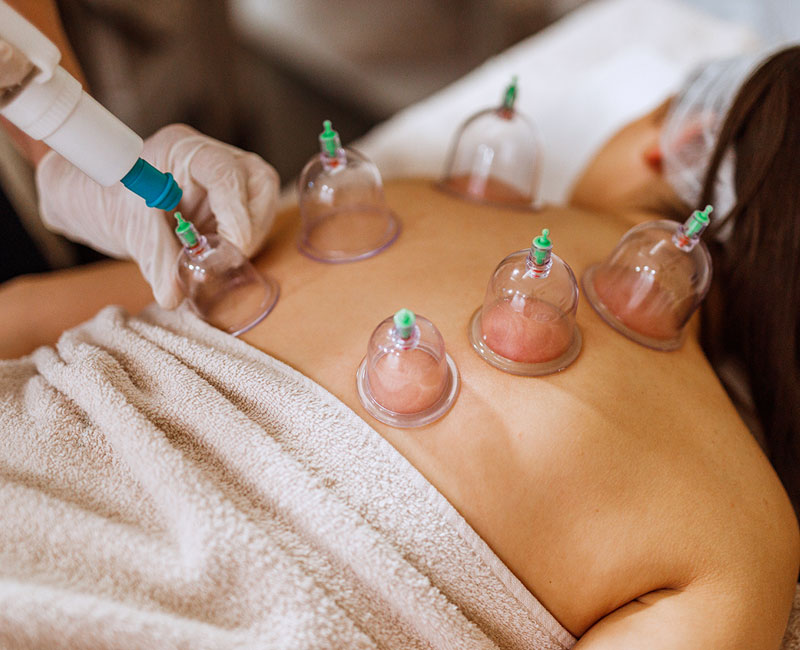Managing diabetes effectively requires the right tools to monitor blood sugar levels, administer medication, and maintain overall health. Diabetic instruments have evolved significantly, making it easier for individuals to track their glucose levels and take proactive steps in their diabetes management. In this article, we’ll explore the essential diabetic instruments that can help improve quality of life and prevent complications.
1. Blood Glucose Meters (Glucometers)
Blood glucose meters are one of the most important tools for diabetics. These portable devices measure blood sugar levels using a small drop of blood obtained from a fingertip. Many modern glucometers come with Bluetooth connectivity, allowing users to sync their readings with smartphone apps for better tracking.
2. Continuous Glucose Monitors (CGMs)
Unlike traditional glucometers, CGMs provide real-time blood sugar readings throughout the day. These devices use a small sensor inserted under the skin to measure glucose levels in interstitial fluid. CGMs reduce the need for frequent finger pricks and provide alerts for high or low blood sugar levels, improving diabetes management.
3. Insulin Pumps
For individuals requiring insulin therapy, insulin pumps offer a convenient alternative to multiple daily injections. These small, wearable devices deliver a continuous dose of insulin through a catheter placed under the skin. Insulin pumps help maintain stable blood sugar levels and allow for more precise insulin adjustments.
4. Insulin Pens and Syringes
Insulin pens and syringes remain essential for those who prefer manual insulin administration. Insulin pens offer pre-measured doses and are easier to use than traditional syringes. They are also portable, making insulin administration more convenient.
5. Lancets and Lancing Devices
Lancets and lancing devices are used to obtain small blood samples for glucose testing. Modern lancing devices feature adjustable depth settings to minimize discomfort and make testing less painful.
6. Ketone Meters
For diabetics, especially those with Type 1 diabetes, monitoring ketone levels is essential to prevent diabetic ketoacidosis (DKA). Ketone meters measure the presence of ketones in the blood or urine, alerting individuals to potential metabolic imbalances.
7. Smart Diabetes Management Apps
Many diabetics now use smartphone apps that sync with glucose meters, insulin pumps, and CGMs. These apps help track blood sugar trends, provide meal and medication reminders, and generate reports for healthcare professionals.
8. Diabetic Foot Care Tools
Diabetes can lead to complications such as neuropathy and poor circulation, increasing the risk of foot ulcers. Essential diabetic foot care tools include:
-
Specialized diabetic socks to improve circulation
-
Foot massagers to stimulate blood flow
-
Inspection mirrors to check for sores and wounds
Conclusion
Diabetic instruments play a crucial role in effective diabetes management. Whether it’s a blood glucose meter, insulin pump, or diabetic foot care tool, having the right devices can improve daily monitoring and prevent complications. With advancements in technology, managing diabetes has never been easier, allowing individuals to live healthier and more independent lives.
Do you use any of these diabetic instruments? Share your experiences in the comments below!



